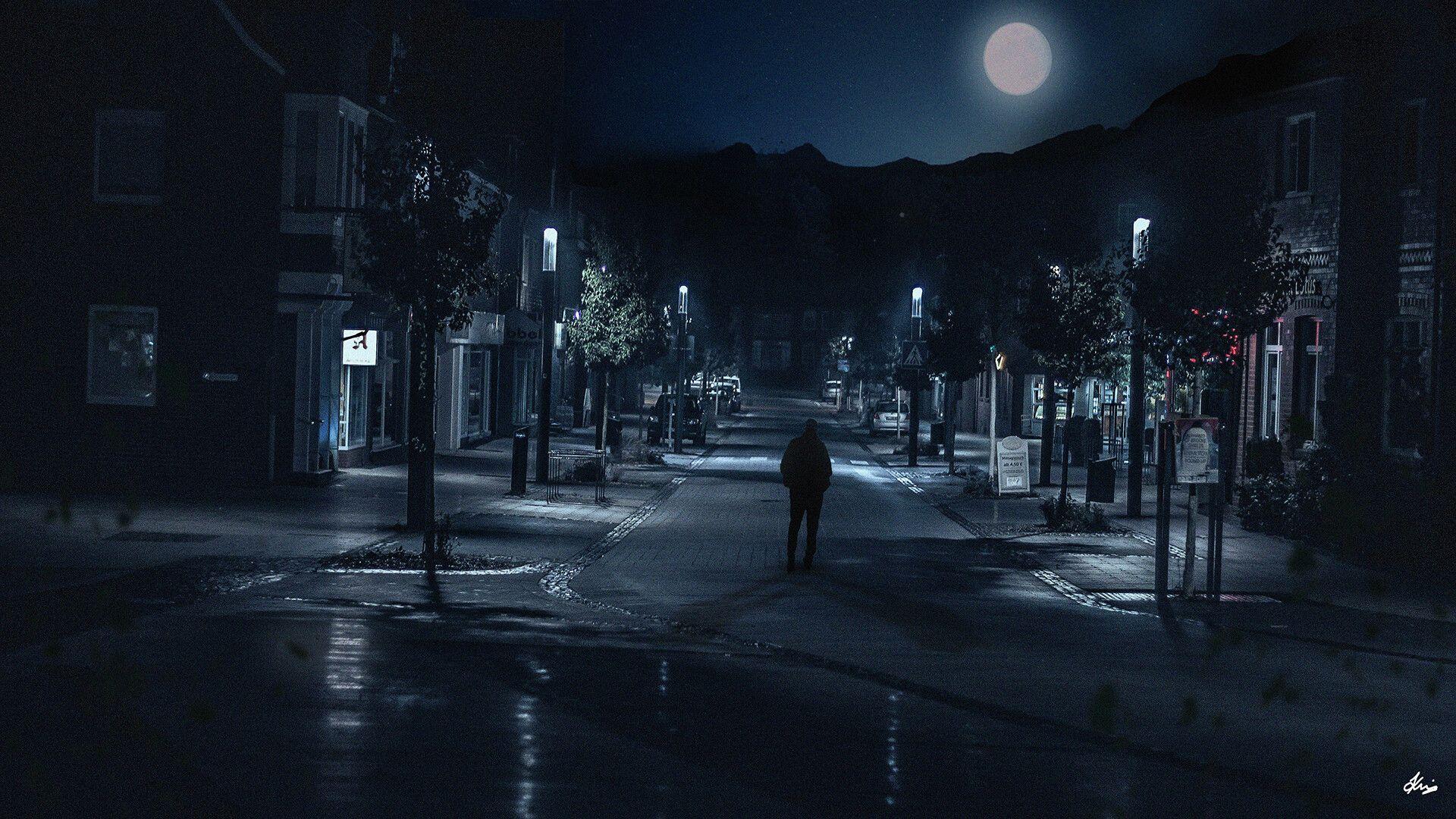
#Late night screen mode how to
There is only one real night-mode switch: the off button. Here’s how to get started with Night light: Go to Settings (or Windows key + I), click on System, and, under Display, click to turn Night light on or off. Then click on System, and from the list under it, click on ‘Display’.
#Late night screen mode windows 10
If you have an updated Windows 10 version in your PC, then enabling the night mode becomes as easy as toggling a button. It is not the colour of the screen that is keeping you awake it is all the stuff your phone offers as an alternative to sleep at 2am. Enable night mode on Windows 10 without any third-party software Method 2. There is perhaps a more obvious truth to be drawn – if your phone is telling you to switch to night mode, it is time to put down your phone. “We think there is good reason to believe it’s also true in humans,” says Dr Brown. Of course, at this point, we only know it works on mice – and mice don’t have phones. iOS: You can use dark mode in iOS 13 and above. Open your Settings app, choose Display, then toggle Dark theme on. Dark mode is available in Android 10 and later versions. This makes basic sense: daylight is yellow, twilight is blue, and sunrise and sunset are pretty reliable ways to tell your body clock what time it is. Here’s how to activate system-wide dark mode in Android and iOS. However, when the light is equally dim, blue is more relaxing than yellow. “The cone system also plays a role, and they’re doing the opposite of what most people thought,” says Brown.Īccording to the study, brightness levels are more important than colour when it comes to stimulating the body clock. In fact, it is the retina’s cone cells that determine colour. Thankfully, iOS 12's new Bedtime Mode has a solution for this problem. You just wanted to know how much longer you could sleep, but now your mind's racing after seeing all of the messages you need to deal with. As soon as you do, you're greeted by a wall of notifications on your lock screen. Because melanopsin was better at detecting short-wavelength photons, he says, it was thought it was biased in favour of blue light. Let's say you wake up in the middle of the night and check your phone to see the time.

If you often work at night or simply like to read on a screen before going to sleep. “The melanopsin system is fundamentally there to detect brightness,” says Brown. Posted in: Apple, iPad/iPhone, Microsoft or Windows, Mobile, Tech Tips. It started about 20 years ago with the discovery of the role that melanopsin – a light-sensitive protein found in the eye – plays in regulating the body clock. So, where did the idea of limiting blue light from screens originate? “There was definitely a valid scientific idea about why those things would work,” says Brown.


 0 kommentar(er)
0 kommentar(er)
